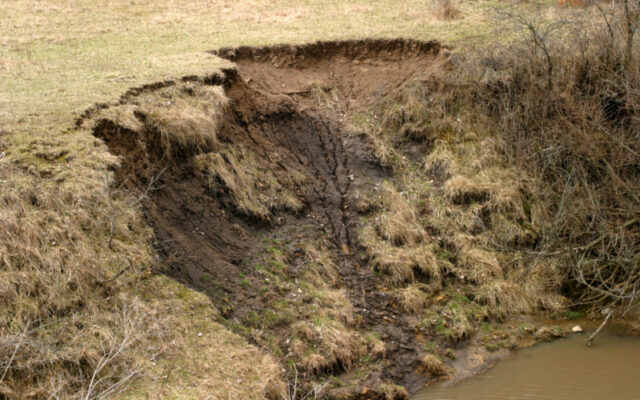Iowa watershed watchers want action on climate change

DES MOINES — The Iowa Watershed Planning Advisory Council just released its annual report and said the Iowa Water Plan needs an update.
The report showed climate change is having dramatic effects on the state’s watershed, affecting soil quality, erosion and drinking water. The council is made up of people from across the state who want to protect Iowa’s water resources.
Alicia Vasto, vice chair and program director for the council, said regenerative farming methods and soil restoration are key to improving water quality in the state, since drought and other weather-related factors are more prominent.
“Climate change is having major impacts on our weather systems here in Iowa, as well as the farming systems, our land management,” Vasto outlined. “That includes our soils and waterways.”
Vasto noted the council also wants the Iowa Legislature to study water protection, flood risk reduction, crop production systems and wastewater treatment systems when lawmakers convene in January.
The report noted Iowa needs a measurement system to monitor groundwater supplies, which should be analyzed monthly by the State Climatologist. Vasto added it is also important for stakeholders across the state to monitor for nutrients and bacteria, algal blooms, and pharmaceuticals in wastewater.
She pointed out pollutants have been on the increase and the state needs to consider their overall effects on the watershed, a practice summed up as “system resiliency.”
“Looking at water quantity, drinking water sources, flooding, wastewater treatment. All of those different factors that are related to water and the landscape really need to be factored in as we are thinking about holistically making plans and trying to protect and improve water quality in a watershed.”
Vasto emphasized the council will try to expand the partnership network with more farmers and water officials across the state next year. And after the holidays, the Iowa Water Center hosts an online symposium on harmful algal blooms on Jan. 5.




